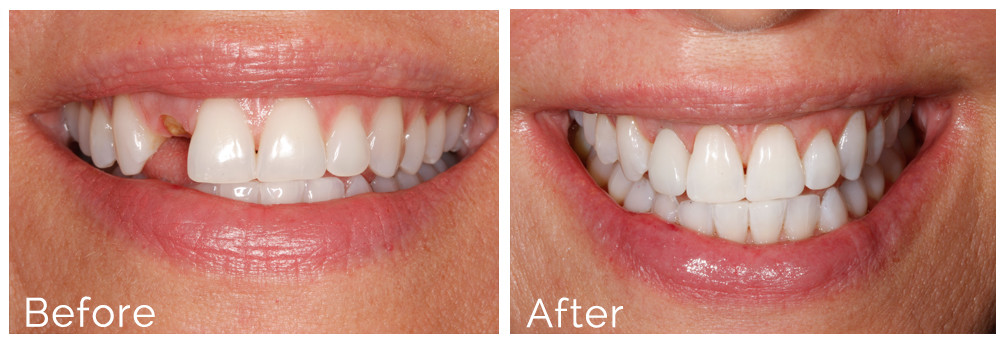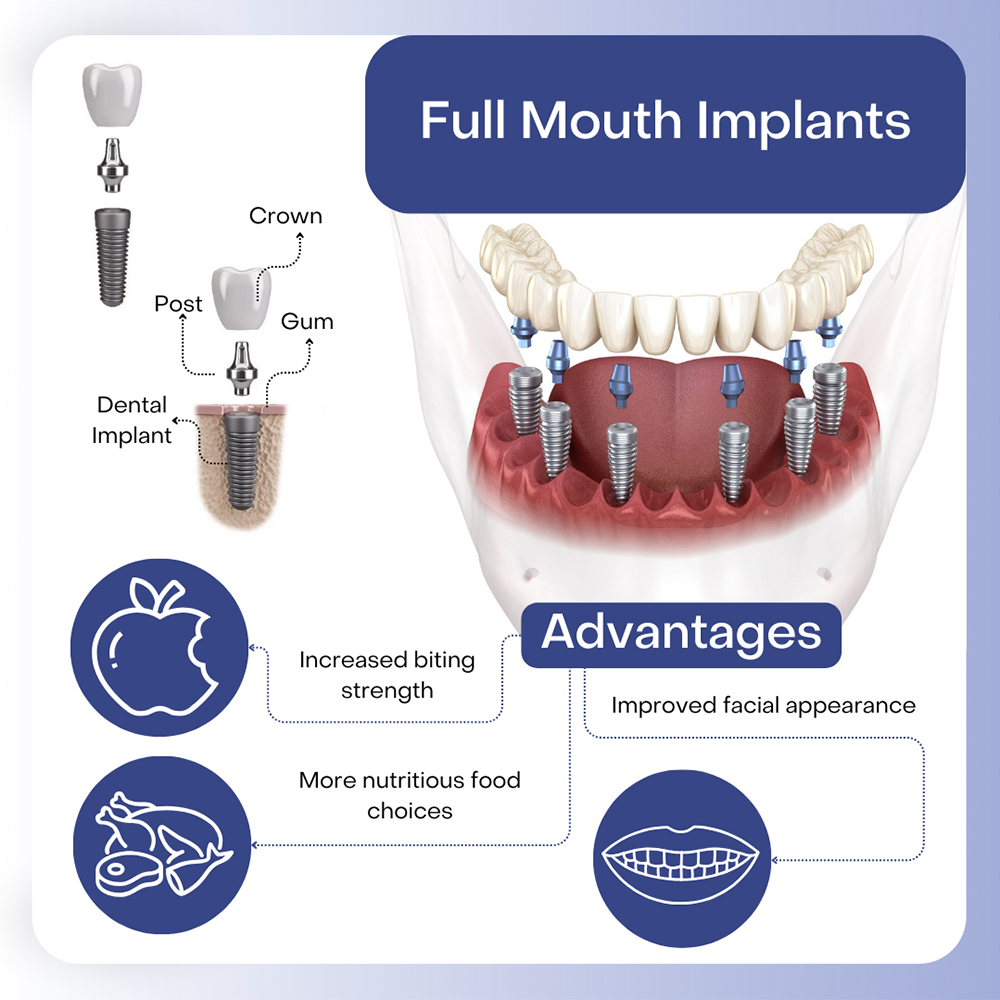Things about Dental Sense
Table of ContentsThe 6-Minute Rule for Dental SenseThe Single Strategy To Use For Dental SenseThe Best Guide To Dental SenseDental Sense for Dummies
are medical tools operatively dental implanted right into the jaw to recover an individual's capacity to eat or their look. They offer assistance for artificial (fake) teeth, such as crowns, bridges, or dentures. When a tooth is lost as a result of injury or illness, a person can experience complications such as rapid bone loss, defective speech, or changes to eating patterns that cause pain.Oral implant systems include a dental implant body and oral implant joint and might additionally consist of an abutment addiction screw. Root canal procedure. The dental implant body is surgically put in the jawbone in location of the tooth's root. The dental implant joint is normally affixed to the implant body by the joint fixation screw and expands via periodontals right into the mouth to support the affixed man-made teeth
(https://www.awwwards.com/dentalsense1/)Structure of The Dental Implant System picking dental implants, speak with your dental supplier concerning the potential benefits and risks, and whether you are a candidate for the treatment. Points to consider: Your total wellness is a vital consider determining whether you are an excellent prospect for dental implants, for how long it will require to recover, and how much time the dental implant might remain in location.
Smoking might impact the healing process and reduce the lasting success of the dental implant. The healing procedure for the dental implant body might take a number of months or longer, throughout which time you typically have a temporary joint instead of the tooth. the oral implant procedure: Thoroughly adhere to the oral hygiene guidelines offered to you by your dental service provider.
Dental Sense Can Be Fun For Anyone
Implant failure can result in the demand for one more surgery to take care of or change the dental implant system. Recovers the capability to chew Brings back aesthetic look Aids keep the jawbone from shrinking as a result of bone loss Protects the wellness of the bordering bone and gum tissues Helps maintain surrounding (nearby) teeth secure Improves lifestyle Damages to surrounding natural teeth throughout implant placement Injury to the surrounding tissues throughout surgery, such as sinus perforation Injury during surgical procedure (as an example, crack of surrounding jawbone) Insufficient function, such as seeming like the teeth do not attack together typically A feeling that the tooth is loosened or turning in area resulting from an abutment screw loosening Implant body failure (looseness of the implant body) due to systemic infection, which may be most likely in people with uncontrolled diabetics issues due to regional infection in bone and gums sustaining the dental implant body as a result of postponed recovery, which may be more probable in people that smoke Trouble cleansing the periodontals around the implant, leading to inadequate dental hygiene Without treatment periodontal illness Post-surgical tingling because of nerve impingement or damage Always inform healthcare carriers and imaging technicians that you have oral implants before any type of magnetic resonance imaging (MRI) or x-ray procedures.
FDA is not aware of any adverse occasions reported for MRI or x-ray treatments with oral implants. Oral implants systems are commonly made of products that comply with worldwide consensus criteria of the International Company for Standardization (ISO) or ASTM International. These requirements have details of what makes a secure product.

A dental implant is a structure that changes a missing out on tooth. With screw-like tools, the doctor inserts an implant right into the jawbone, and it functions as a support for a synthetic tooth, called a crown. A tool called an abutment links the artificial tooth to the dental implant. The crown is custom-made to fit the person's mouth and match the shade of their teeth.
Dental Sense Can Be Fun For Anyone
Some individuals are not qualified for oral implant surgical treatment. It is for dental specialists to operate people with: severe illnessuncontrollable metabolic diseasebone or soft tissue illness or infectionIf these problems are settled, a person can have the surgical procedure. In, oral doctors avoid from running on individuals with: If individuals with any one of the above undertake oral implant surgery, there is a greater threat of the dental implant falling short.

Dental dental implant surgical procedure is a personalized process. Provide you time to recover. Attach the blog post and last crown, bridge or denture.
Next off, your surgeon will very carefully put the oral implant right into your jaw. Your surgeon will rearrange your periodontals and close the incision with stitches. If your dental implant is near the front of your mouth, your dentist will make a short-term tooth for you to wear until you recover. This way, you will not have a space in your smile while you recoup.
Rumored Buzz on Dental Sense
Your provider can inform you what to anticipate in your situation. During the healing phase, your jawbone should fuse to the oral implant. This process, called osseointegration, is vital for stability and lasting success. This procedure can take anywhere from three to 9 months. In some situations, it might take much longer.
As soon as your implant heals, your dental professional can affix the joint (tiny port post) and your final restoration (crown, bridge or denture). This typically takes about one hour to finish and might call for a 2nd minor surgical treatment. You should not really feel any pain throughout your oral implant treatment since your supplier will make use of medicine to numb your gum tissues.